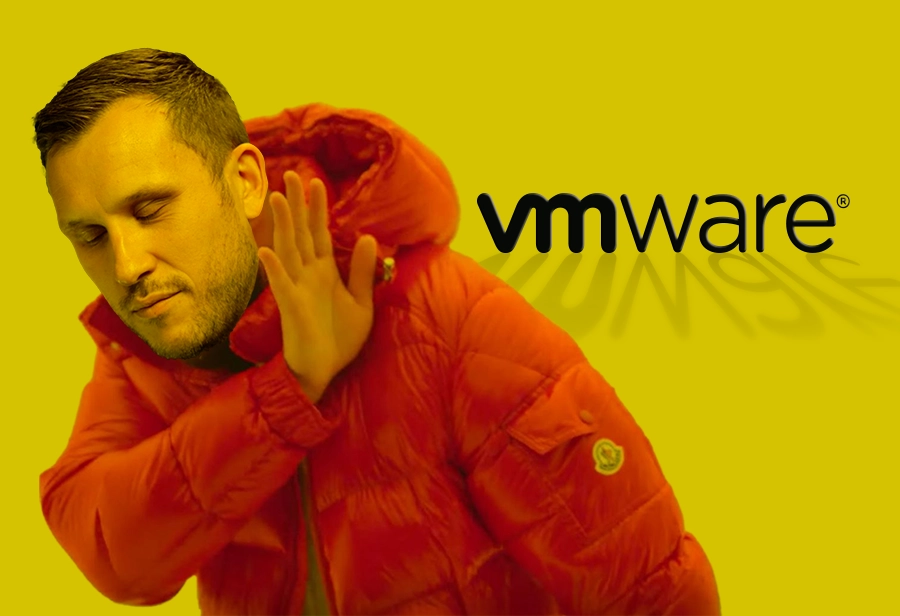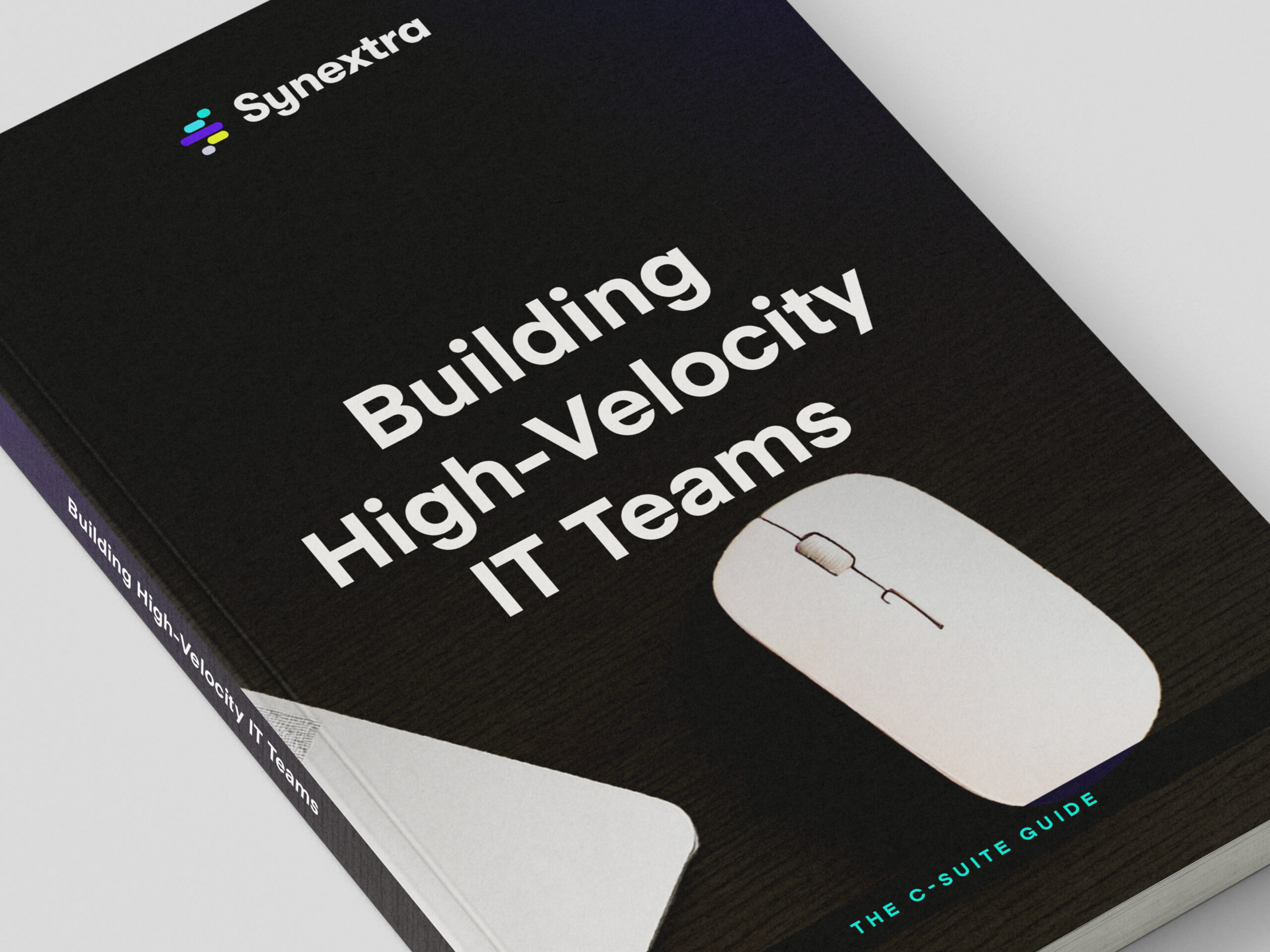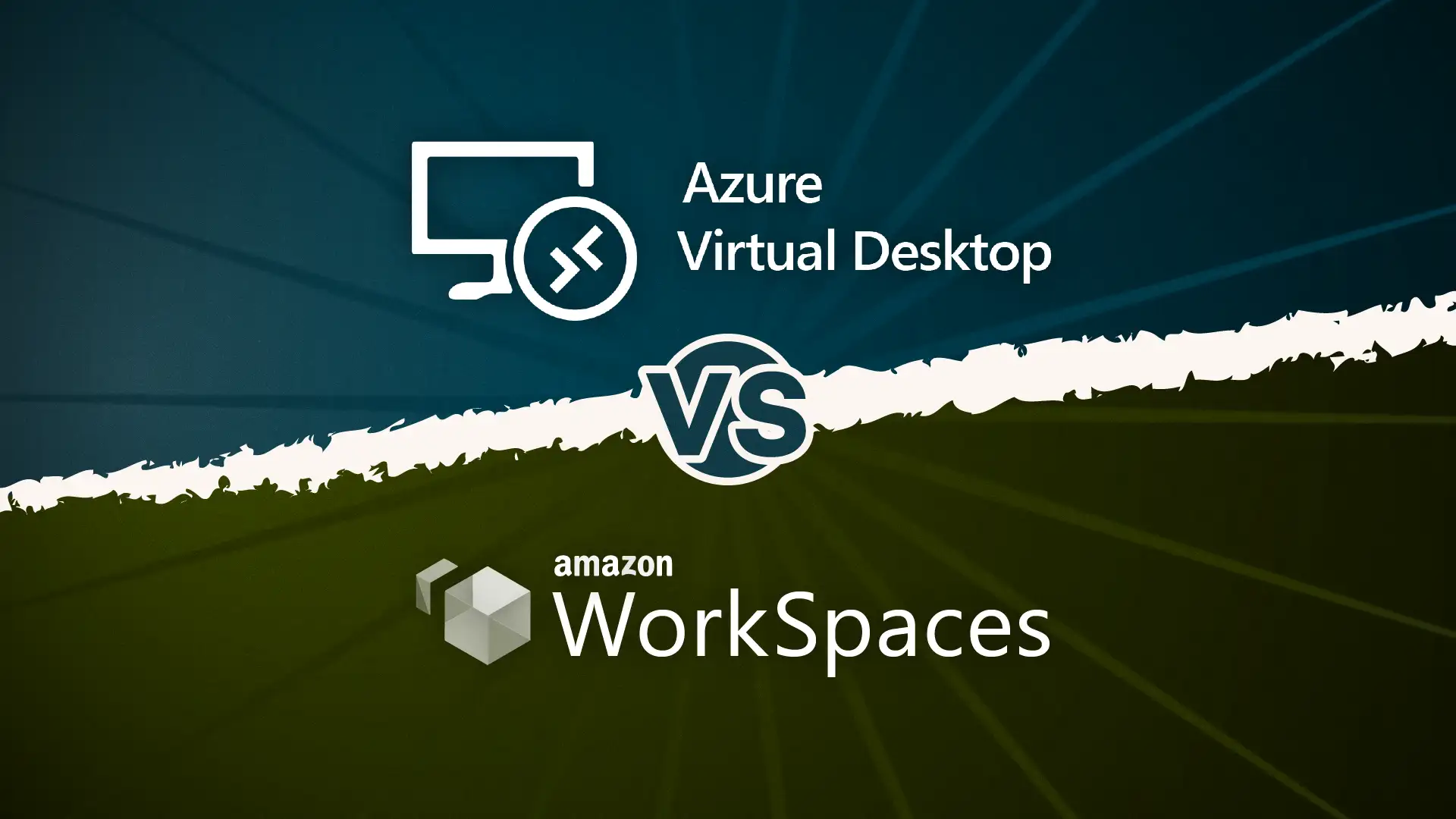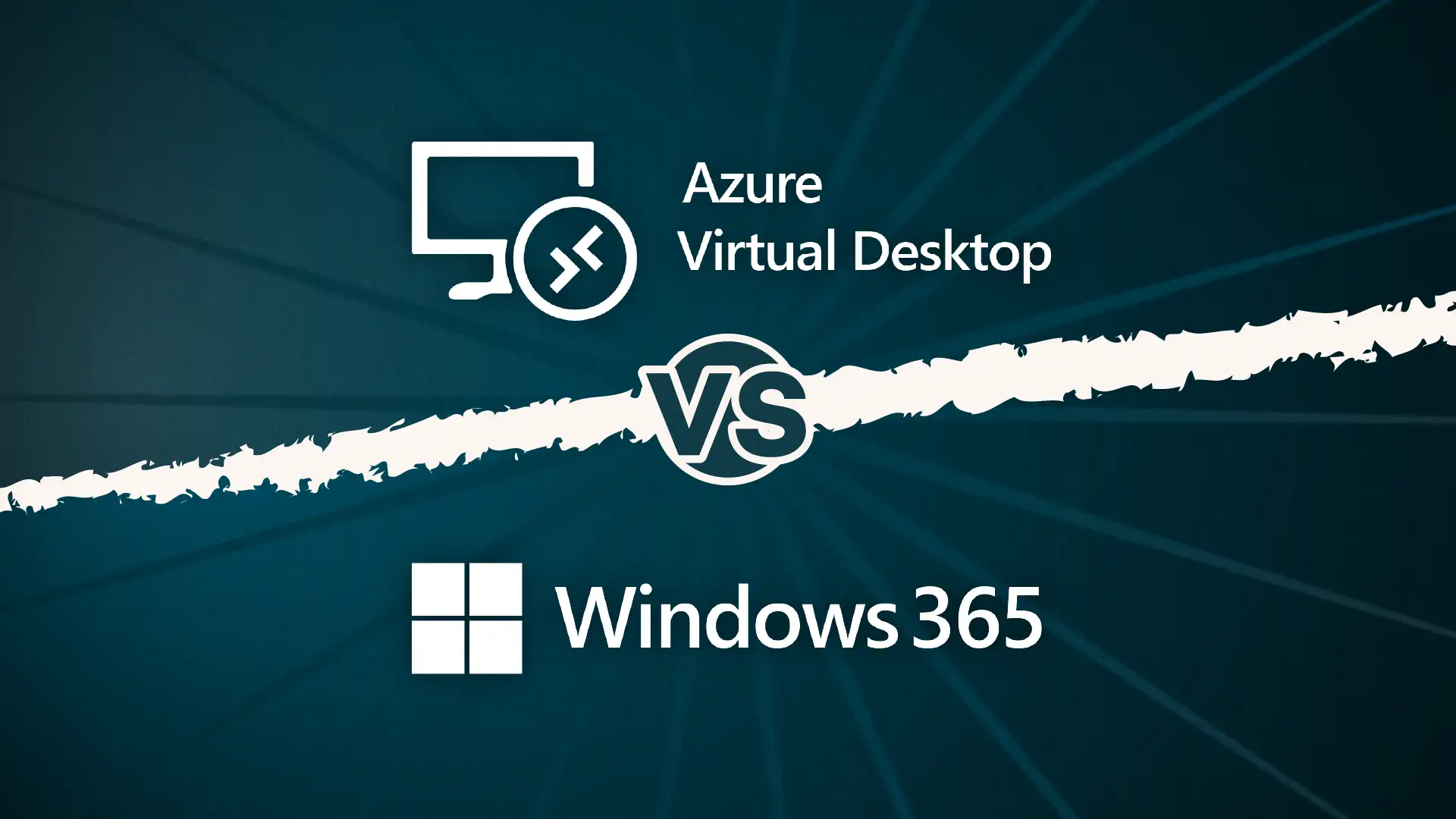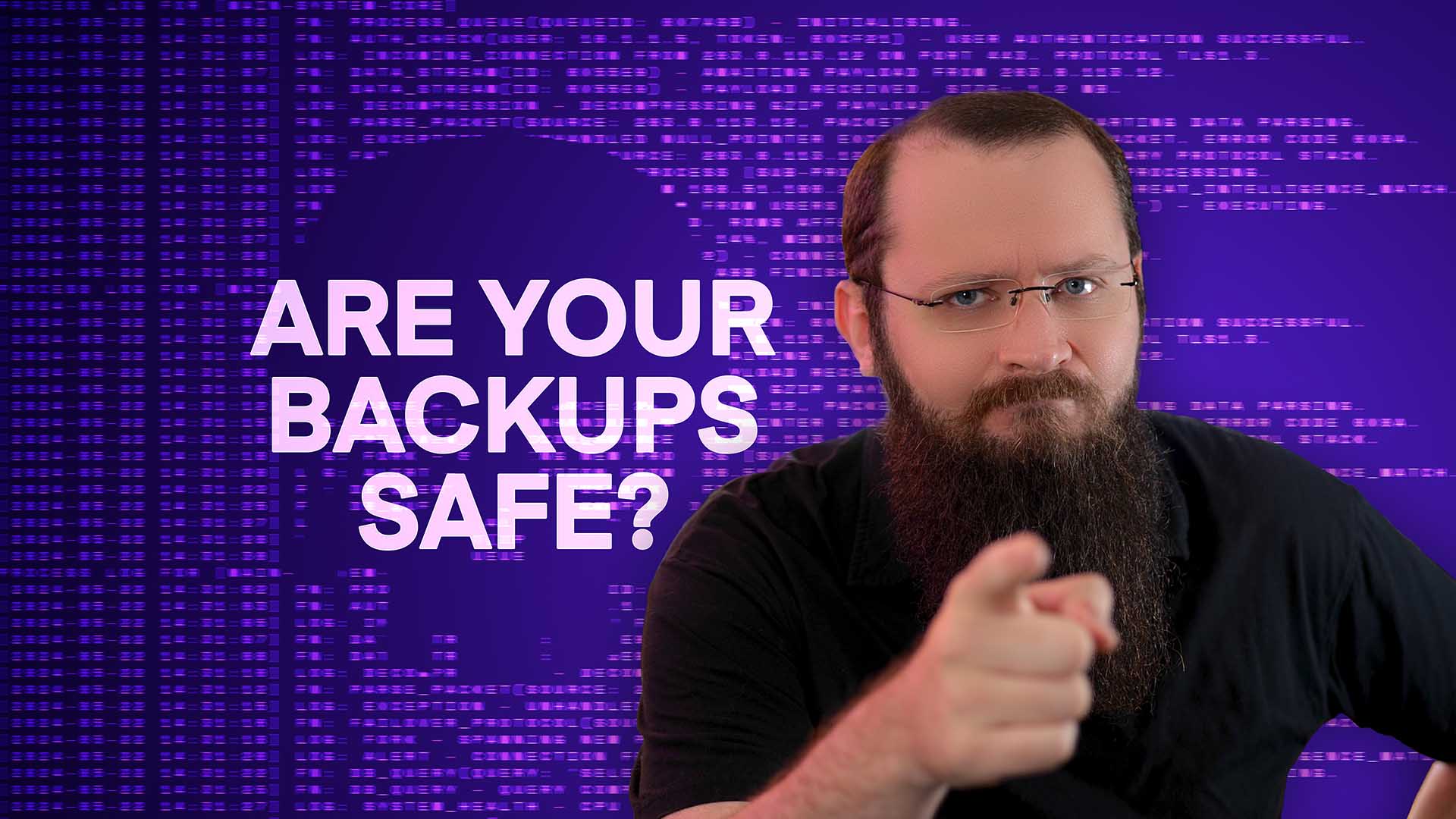For some, the move away from VMware isn’t just about finding a new hypervisor but about embracing the opportunities of the public cloud. Platforms like Azure and AWS offer significant advantages in terms of scalability, cost-effectiveness, and security, making them rather attractive alternatives.
Scalability might be the most compelling reason to move to the cloud. Unlike on-premises solutions, which are limited by physical infrastructure, public cloud platforms allow you to scale resources up or down as needed. This flexibility can be a game-changer for businesses facing fluctuating workloads or rapid growth.
If you need another 10 terabytes of space, for example, with VMware you’d have to order parts, fit them into your SAN, and maybe go through downtime during installation. But on the cloud, you’d just log in to your portal and provision the extra storage pretty much instantly. And if it’s just for a single project, you can delete the data and disk once it’s processed, and only pay for a month or two, for example.
Cost-effectiveness is another key factor. While public cloud services can be expensive, especially if you just lift and shift existing workloads without optimising them for the cloud, they often prove more economical in the long run. The pay-as-you-go model eliminates the need for large upfront investments in hardware, and there’s no need to over-provision resources “just in case.”
Security in the cloud is often superior to what you can achieve on-premises, thanks to the massive resources cloud providers invest in securing their environments. Products like Microsoft Defender, integrated across Azure, give comprehensive protection that can be challenging to replicate in-house.
Migrating to the public cloud takes careful planning, starting with a thorough assessment of your current environment. Tools like Microsoft’s assessment toolkit can help you map out what your migration will entail, including estimated costs and necessary infrastructure changes.

